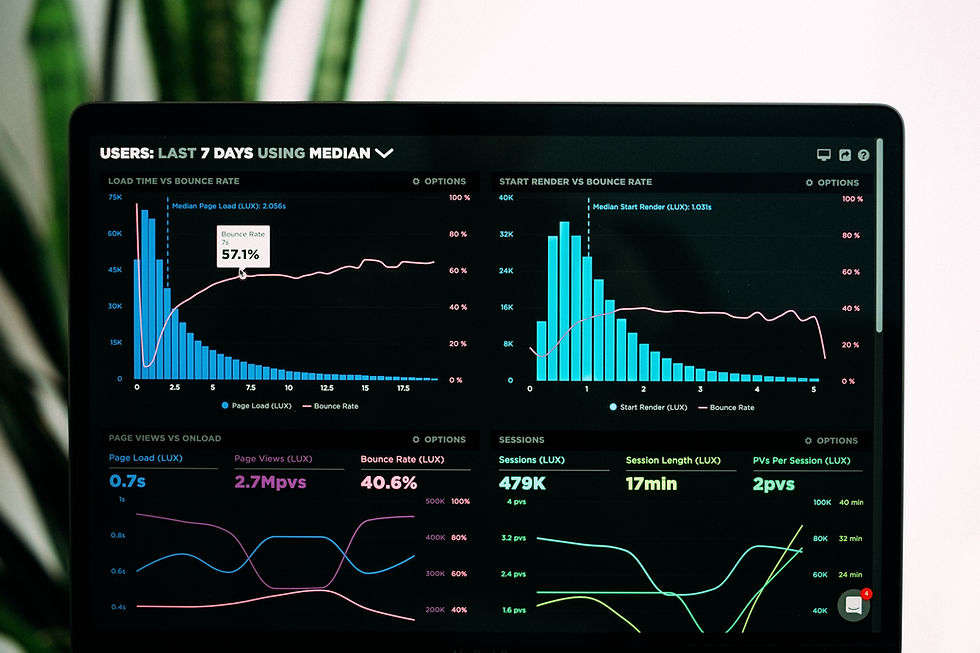Striking the balance: Brand Centrality vs Distinction
- Utkarsh Khandelwal

- May 19, 2022
- 3 min read
Brand managers face a tough challenge in choosing centrality in their brands vs making their brands more distinctive. It is always a tough call to make for any brand, FMCG companies such as Parle Agro and HUL (Hindustan Unilever) are an example of brands with strong centrality as their products resonate with the masses. Their products such as Parle G, Bisleri, Lifebuoy, and Dove are usually the first thing that comes to your mind when you think about their respective category. On the other hand, brands such as Ola Electric, and Jaguar distinguish themselves from other competitors with uniqueness and distinction.
Marketers aim to strategies the right balance between keeping their brand central to adding distinctiveness. This balance is very necessary as it influences key decision making:
How the brand will be perceived by the audience?
How will the company define its direct and indirect competitors?
Which segment of users will the company target?
How will the company market and brand its products?
Thus, it is really important for managers to position the brand perfectly to ensure efficient decision-making and strategizing. Let's use the C-D Mapping for connecting the brand with its desired positioning.
How do we create a C-D Map?
Identify the geographic location for which the company wants to brand its product. (This is a very crucial step as the mapping is sale and price-sensitive, and so different geographic locations will lead to a distinct C-D map.
Conduct market research/surveys to collect data on customers' brand perspectives. Collect data independently on competitors' brand distinction vs brand centrality.
Plot the data on the C_D matrix and draw bubbles corresponding to variables.
Case Study: Automobile Market in India
We can distinguish brands in the following four quadrants:
Aspirational Brands: These brands follow into the upper right quadrant of the C-D matrix. These brands are followed by the masses and also provide distinctive features to make them stand apart from competitors.
Peripheral brands: These brands operate in a certain niche and are generally not the most popular/category-defining brands. Brands such as Chevrolet, Datsun, Renault, and Nissan follow the bottom left quadrant and are usually unlikely the first choice of customers.
Mainstream brands: Maruti Suzuki is the largest car manufacturer in India, and commands a strong 40% market share in the consumer car segment. This segment synchronizes best with the user needs and hence brands focus on centrality to appeal to the mass audience.
Unconventional brands: These brands focus on distinguishing themselves from other brands by offering something very unique to the target customer. Brands such as Mercedes, Audi, and BMW offer a luxury experience to the customers and hence make them unique from their competitors. Also, brands such as Jeep and Mahindra offer sports utility vehicles tailored specifically for the needs of adventure seekers. Thus, the unconventional brands focus on adding distinction and operating in a category niche.
Key Metrics in Analysing Brand Centrality and Distinction
Sales Volume: Brands such as Maruti Suzuki command a massive market share of over 40% in the consumer vehicle industry. Such brands make a high score on centrality, and thus enjoy high sales volume. Though, factors such as marketing, customer service, advertising are very important, but improving brand centrality hugely helps in increasing sales. Thus, the mainstream brands enjoy the best market share. On the other hand, unconventional brands such as Citreon, Lexus, BMW caters the need of a niche audience, and hence increased distinctiveness is associated with lower sales.
Pricing: Pricing is directly proportional to Distinction and inversely proportional to Centrality. If higher distinction leads to lower sales, why do we see most brands aim for the crowded 2nd quadrant? The answer lies in the premium pricing advantage that distinctive brands can charge. Brands such as Mercedes, Audi, Porsche offer luxurious experience to its users, making them distinct from other brands. This experience helps them charge higher prices and hence the lower sales volume are compensated.
Ultimately, the right balance will depend on the specific goals and target market of the brand. It is important for brand managers to find the right balance between centrality and distinction in order to effectively position their brand and make key strategic decisions. Brands that prioritize centrality may have higher sales and market share, but may also face increased competition and lower pricing power. Brands that prioritize distinction may have lower sales and market share, but may also be able to charge premium prices and have more loyal customers.




